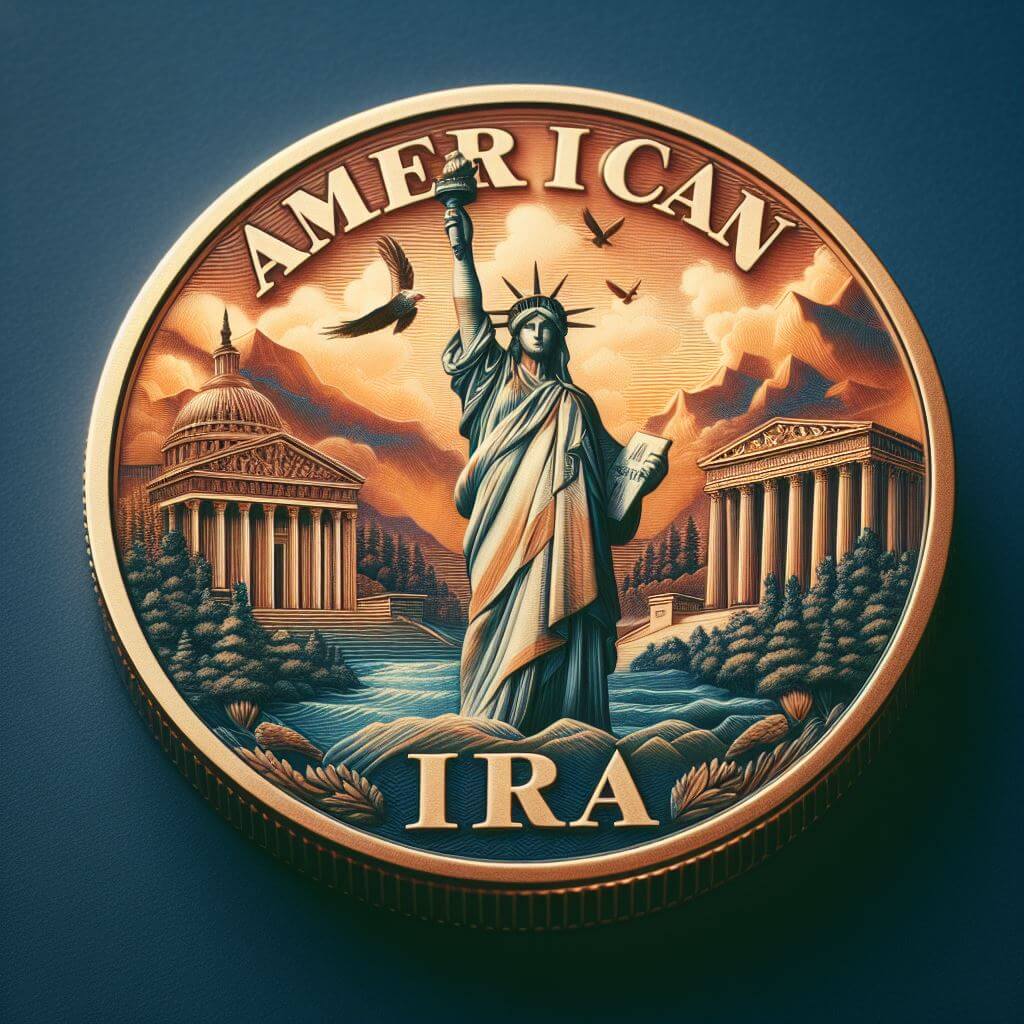Is Roth IRA The Same As Superannuation?
Last Updated on 27 January 2024 by Ryan Oldnall
When it comes to retirement savings, there are various options available to secure your financial future. For residents of the United States and Australia, two popular choices are the Roth Individual Retirement Account (IRA) and Superannuation, respectively.
While both aim to provide financial security during retirement, they have distinct differences in terms of rules, regulations, and benefits.
In this article, we’ll explore the fundamental distinctions between Roth IRAs and Superannuation, shedding light on the unique advantages of each.
Understanding Roth IRA
A Roth IRA is a tax-advantaged retirement account available to individuals in the United States. Here are the key features:
Eligibility Criteria: In the U.S., individuals with earned income can open a Roth IRA, subject to income limits. There are no age restrictions.
Contribution Limits and Taxation: Contributions to a Roth IRA are made with after-tax dollars, meaning you don’t get an immediate tax deduction. However, qualified withdrawals in retirement are tax-free. There are annual contribution limits.
Investment Options: Roth IRAs offer a wide range of investment choices, including stocks, bonds, mutual funds, and more.
Withdrawal Rules: Contributions can be withdrawn at any time without penalties. Earnings can be withdrawn tax-free after age 59½, provided the account has been open for at least five years [1]
Superannuation in Australia
In Australia, Superannuation is the equivalent of a retirement savings plan. Australians have the freedom to choose their own Super Funds, and we’ve previously explored this topic in our article, How To Choose A Super Fund?
But here’s what you need to know about Super in Australia:
Contribution Structure: Superannuation contributions are typically made by employers, who are required to contribute a minimum percentage of an employee’s salary into a super fund. Employees can also make voluntary contributions.
Taxation and Benefits: Contributions to Superannuation are generally taxed at a lower rate than standard income tax. Funds are preserved until retirement and can provide a source of income during retirement.
Investment Choices: Superannuation funds typically offer various investment options, allowing members to choose how their funds are invested.
Access and Withdrawal Regulations: Access to Superannuation is generally restricted until a person reaches the preservation age, which varies depending on your birth date. Early withdrawals are only allowed under specific circumstances, such as severe financial hardship [2].
We have also explored 401k vs Superannuation and 401k in Australia in other articles.

Key Similarities Between ROTH IRA and Superannuation
Now that we understand the basics, let’s look at some key similarities between Roth IRAs and Superannuation:
1. Long-Term Savings: Both Roth IRAs and Superannuation are designed for long-term retirement savings, promoting financial security in your golden years.
2. Tax Advantages: Both provide tax benefits. In the case of Roth IRAs, it’s tax-free withdrawals in retirement, while Superannuation offers tax advantages during the contribution phase.
3. Investment Options: Both allow you to invest your contributions in a variety of assets, helping your savings grow over time.
4. Distributions in Retirement: Both are intended to provide a source of income during retirement, ensuring you can maintain your quality of life.
5. Beneficiary Provisions: Both Roth IRAs and Superannuation plans often have provisions to name beneficiaries who will inherit the account in the event of your passing.
Key Differences Between ROTH IRA and Superannuation
However, these two retirement savings options have some fundamental differences:
1. Geographic Distinctions: Roth IRAs are available to U.S. residents, while Superannuation is exclusive to Australia. This means your location plays a significant role in determining which option is available to you.
2. Mandatory vs. Voluntary Contributions: Superannuation contributions are mandatory for Australian employers, making it a structured and consistent savings approach. Roth IRAs rely on individual contributions, allowing for more flexibility.
3. Access to Funds: Roth IRAs offer greater flexibility in accessing contributions, while Superannuation funds are typically locked until you reach a specific age.
4. Contribution Limits: Roth IRAs have annual contribution limits that may be lower than the mandatory employer contributions made to Superannuation funds.
5. Taxation Rules: Roth IRAs are funded with after-tax dollars, while Superannuation contributions are subject to lower tax rates. The tax implications of each account differ significantly.
Summary
In conclusion, while Roth IRAs and Superannuation share the common goal of securing your financial future in retirement, they are distinct in their eligibility, taxation, and contribution structures.
The key differences lie in how and when these options are accessed. In Australia, access typically occurs much later in life, specifically during the retirement phase.
For those in America who have a Roth IRA, they can access their funds at any point without the same stringent conditions.
- https://www.irs.gov/retirement-plans/retirement-plans-faqs-regarding-iras-distributions-withdrawals
- https://www.ato.gov.au/individuals/super/withdrawing-and-using-your-super/early-access-to-super/when-you-can-access-your-super-early/







